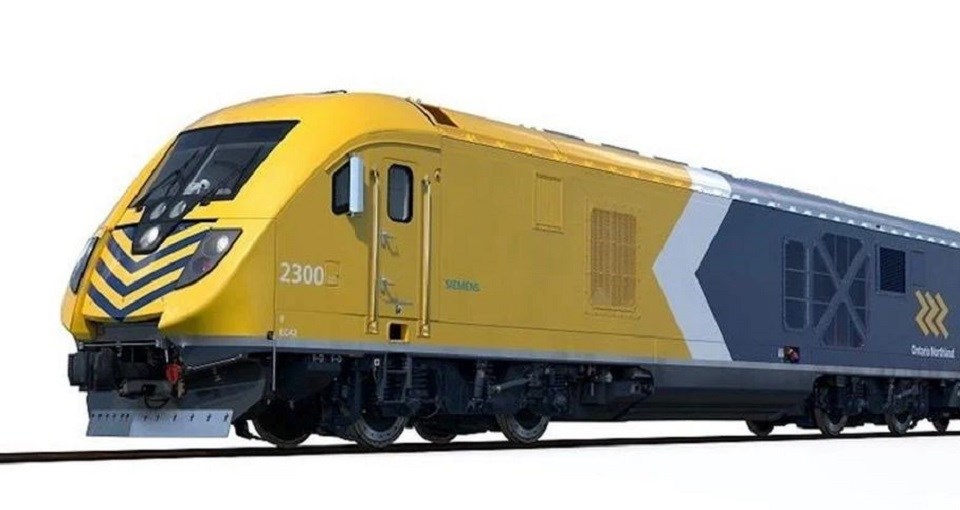The Northlander train project connecting the north to southern Ontario continues to move forward, says Associate Transportation Minister Stan Cho.
He says earlier this year, the new trains were put through their paces to ensure they would perform well even in Ontario’s northernmost territories, where weather conditions are more demanding.
The trains passed the test periods and the project is now at another stage.
“These trains are being manufactured as we speak by Siemens,” Cho said in an interview. “The train is fully tested in the harshest of winter conditions, as the north is subject to those conditions in winter.”
Cho said the trains would have wider caps, wider seats, fully accessible washrooms, power outlets, Wi-Fi and other amenities.
Making sure the stations the train will pass are up to par is also crucial to the project.
“The testing that’s ongoing now, outside of the trains, is also important and that’s the station upgrades and talking about what changes would be necessary to have this operational,” Cho said.
“We’re also talking about engineering work that goes into the track alignments as well as the track upgrades themselves because we want to make sure that once the trains are here, the other necessary infrastructure is all lined up and safety is ready to go.”
Cho said he expects the trains to be rolling by the mid-2020s.
Lucille Frith, a longtime rail advocate, said things changed after COVID-19, and the development of this project becomes more important for residents.
“The northern immigration plan has brought so many people successfully into northern Ontario. Many of these people moving up there have relatives in southern Ontario, and they don’t necessarily have a vehicle they can drive back and forth,” Frith said. "Having a train gives us employment in northern Ontario and keeps the community and the family together in south Ontario.”
As many people from the urban centres of southern Ontario are moving further north, the north is growing and requires more services.
“It’s more than just people from the larger urban centres. We have a lot of newcomers coming to Ontario. We saw almost 500,000 last year, and we know hundreds of thousands of people will be moving here every year,” Cho explained. “We need to provide other options for people who don’t have a car or don’t want to drive during some harsh winter conditions and prefer other options.”
Frith said the train, discontinued in 2012, had many flaws — from a lack of marketing and promoting train services to a lack of passenger schedules. Frith said she hopes this project will correct the last train’s shortcomings and adapt to the community’s needs.
“Our transportation needs are not just highways. Our transportation needs are connecting our communities,” Frith said.
Julian Orlando Chaves is a Local Journalism Initiative reporter who works out of the Huntsville Forester. The Local Journalism Initiative is funded by the Government of Canada.



